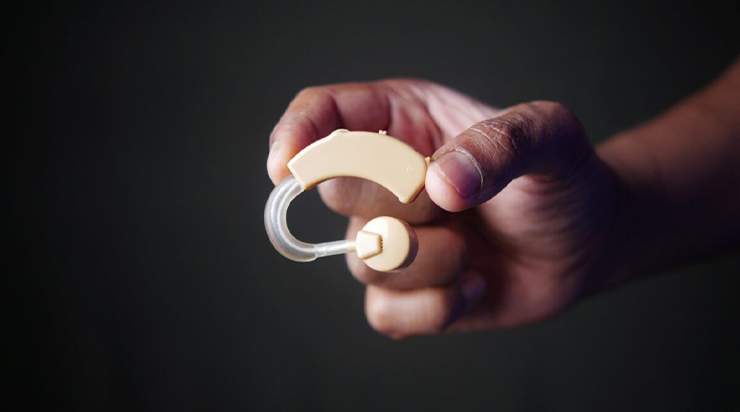India has the opportunity to become a global supplier of cost-effective assistive tech. We explore AT export trends, regulatory pathways, and what it means for Indian manufacturers.
Regional Chapters by 2026
International Partners by 2027
Startups Supported by 2028
Govt Projects Targeted by 2026
India as the Next Global AT Hub
India is increasingly seen as a reliable source for affordable AT equipment. Thanks to its strong manufacturing base and engineering talent, the country can produce high-quality mobility aids, prosthetics, and sensory tools at one-third the global cost.
Several Indian companies already export to Southeast Asia, Africa, and the Middle East. Participation in global expos and partnerships with foreign disability organizations are enhancing visibility. The Atmanirbhar Bharat and PLI schemes could boost international competitiveness.
Regulatory Pathways and Challenges
Exporting AT requires compliance with different international standards (e.g., ISO, CE marking). Many Indian MSMEs lack awareness of such certifications. Support from government testing labs and export facilitation centers is essential.
Policy simplification for medical exports is ongoing. FICCI and CII are advocating for a single-window clearance system. AATMA can play a key role in educating members about documentation, testing, and partner discovery.

Summary
- India has cost and scale advantage.
- Current exports to Asia, Africa, MENA.
- PLI schemes may help manufacturers.
- Export compliance support needed.
- Certification gaps for small producers.
- AATMA role in market linkage.



